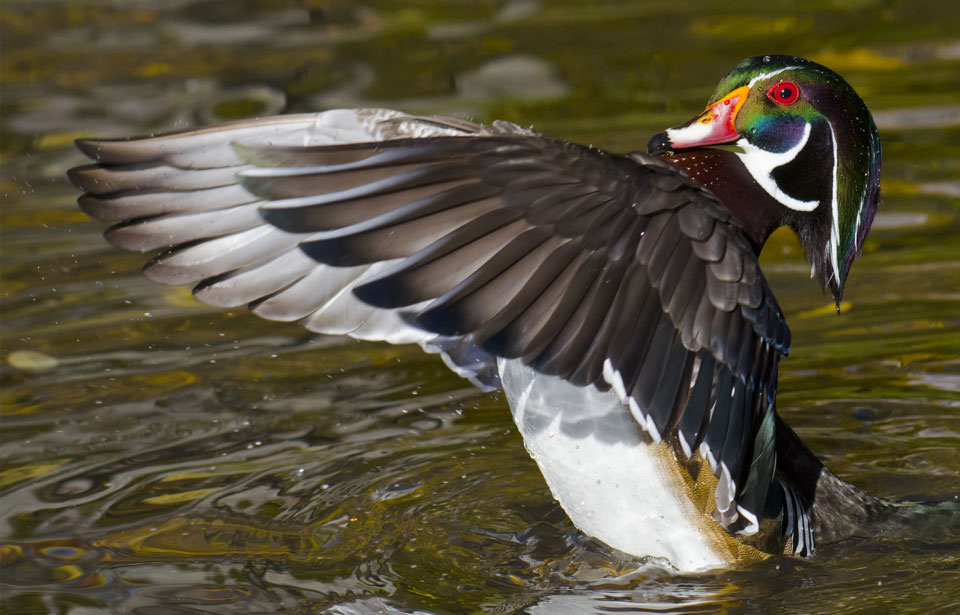Plunging populations in 10 of our 15 sea duck species have raised an alarm among waterfowl biologists. They need to know more about the ecology, population dynamics, and threats to the health of this least understood group of ducks. Species, such as king eiders, oldsquaws, and harlequin ducks, are so specialized for life in salt water that their natural history differs markedly from that of most waterfowl. Reversing their decline will require unique conservation approaches.
Wildlife agencies across North America have recognized four main threats to sea ducks: lack of knowledge about their ecology, contaminants, unsustainable hunting, and habitat loss and degradation. They have also identified the need for concerted research, monitoring, and management action to conserve populations. Partner agencies within the North American Waterfowl Management Plan recently launched a Sea Duck Joint Venture to save these waterfowl.
You can participate by doing projects to conserve breeding areas, migratory stopovers, and wintering sites. Such threats as logging, fuel-wood harvesting, and land developments have left many cavity-nesting sea ducks (namely, mergansers, goldeneyes, and buffleheads) out in the cold. These birds breed in tree hollows dug by woodpeckers near inland swamps, ponds, lakes, and creeks — habitats that are rapidly disappearing.
Do your part to solve the sea duck crisis by conserving these sites and by placing nest boxes along wooded shorelines.
- Build nesting structures out of weather-resistant wood, preferably cedar, with the roof sloping downward and overlapping at the front and back.
- The box should be 60 cm deep; the floor 30 x 30 cm; the entrance hole oval and 46 cm above the floor — 8 cm high x 10 cm wide for hooded mergansers, 10 x 13 cm for common mergansers, and 9 x 12 cm for common and Barrow’s goldeneyes. For buffleheads, the box should be 45 cm deep; the floor 18 x 18 cm; the entrance hole round, 35 cm above the floor, and 7.5 cm in diameter.
- Attach an 8-cm-wide strip of wire mesh on the inside front panel of the structure for ducklings to climb to the entrance hole.
- Line the inside with cedar shavings 10 cm deep.
- Mount the box on an isolated tree (3 to 6 m high) facing the water’s edge or on a post 1.2 to 1.8 m above water, with no obstructions near the entrance. To deter raccoons, install a baffle or aluminum sheet around the base of the tree-trunk or pole.
- Angle the structure slightly forward to make it easier for ducklings to climb out.
- As a rule, install two nesting boxes per hectare of wetland.
- Inspect, clean, and line the box with fresh wood shavings each fall.



